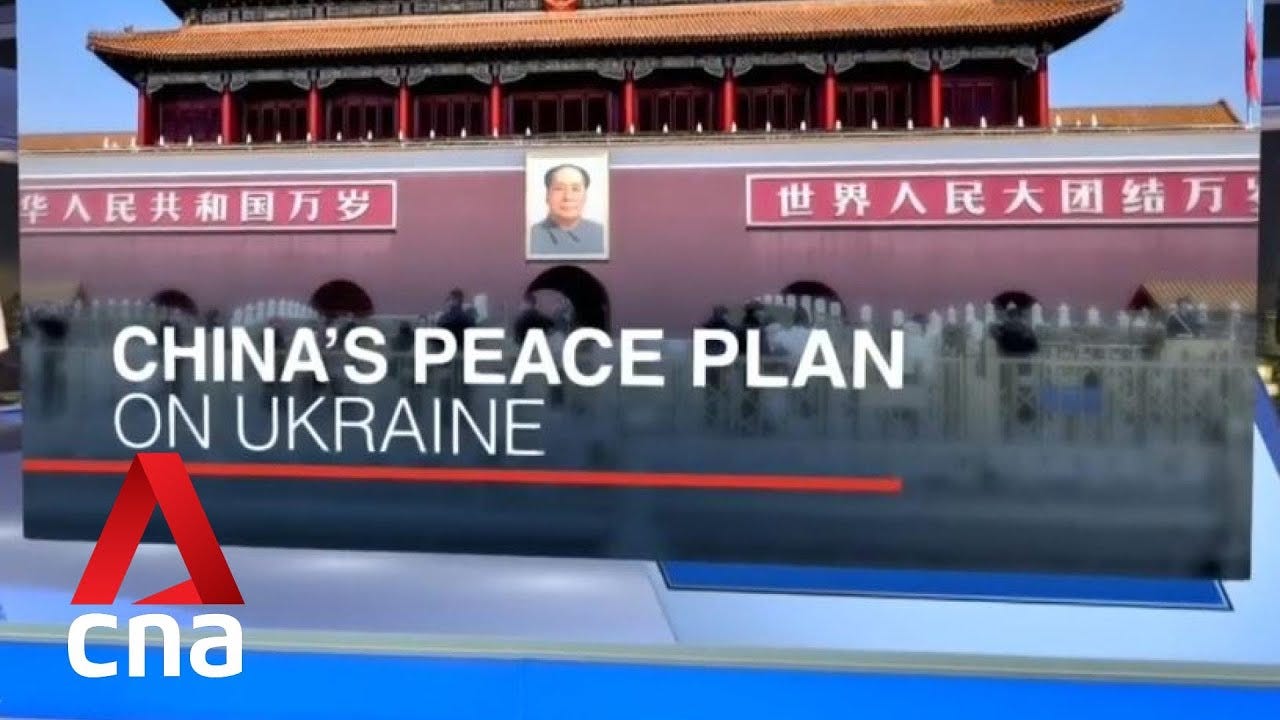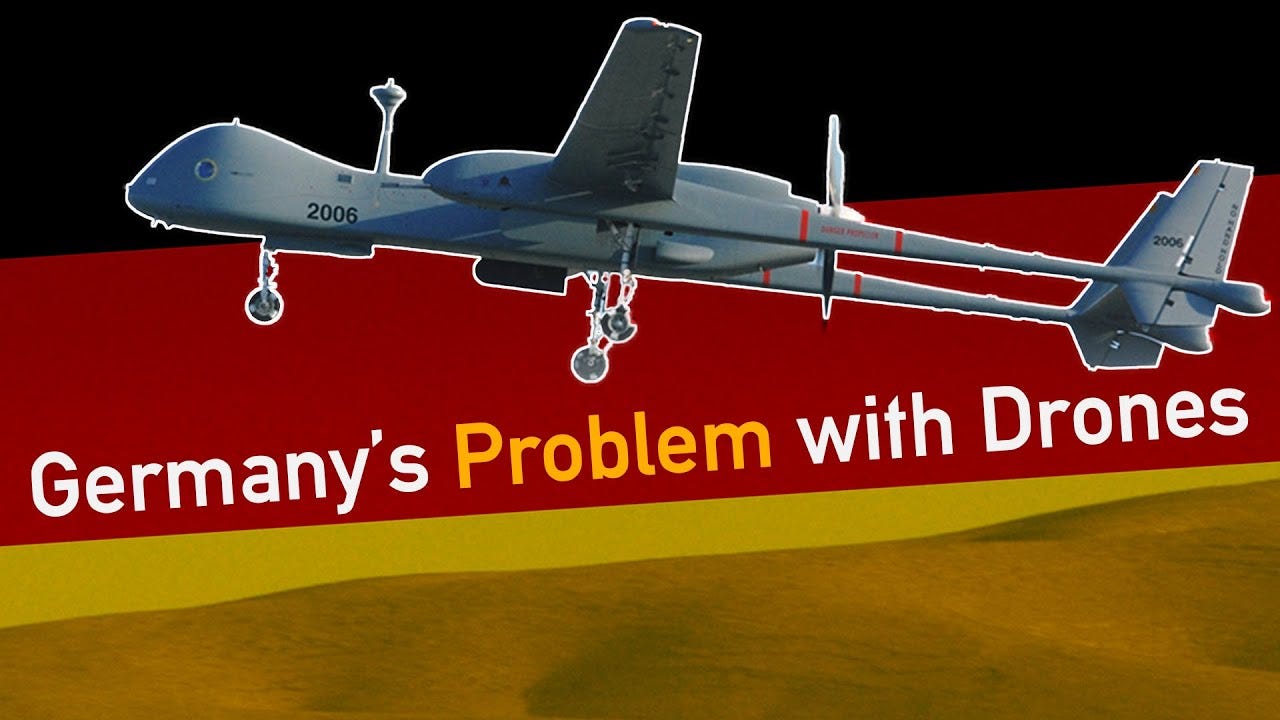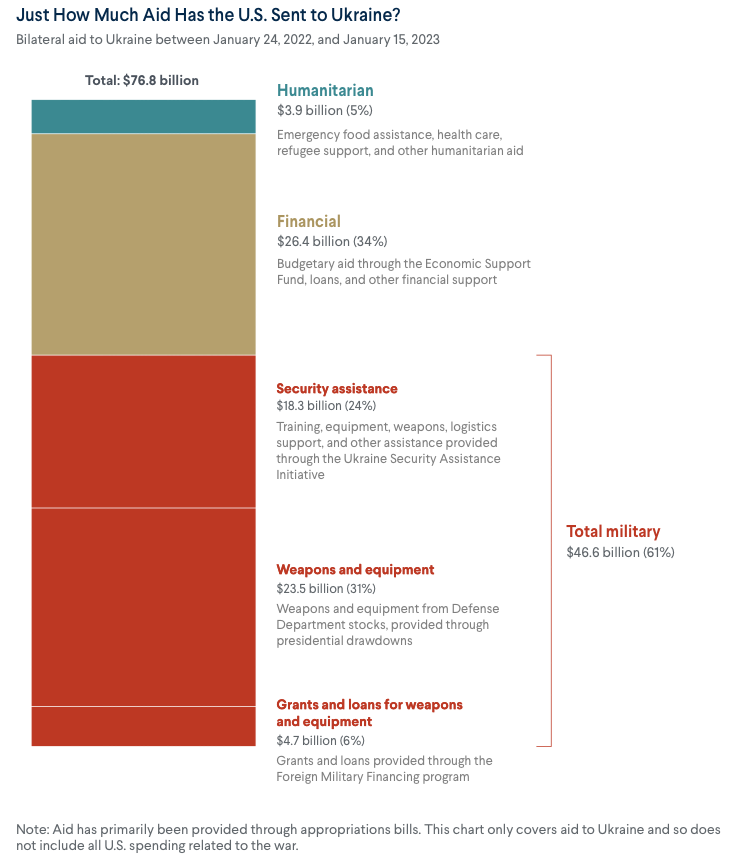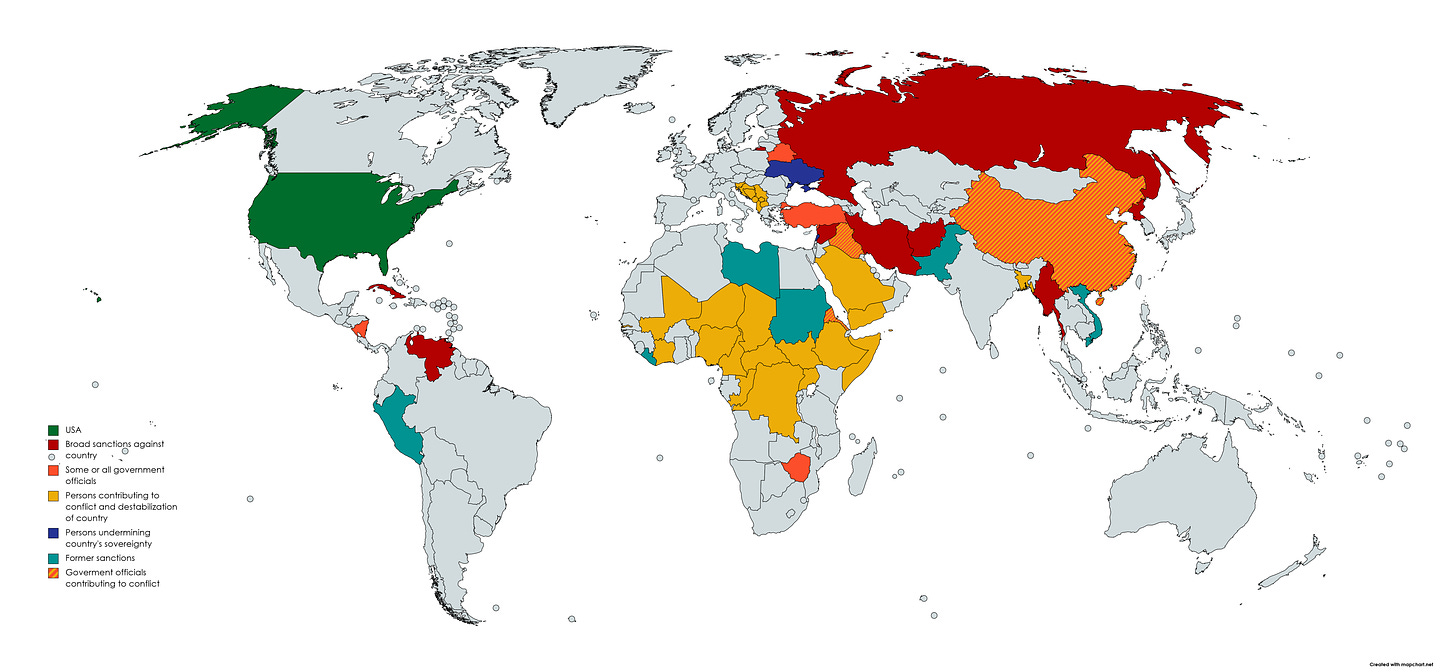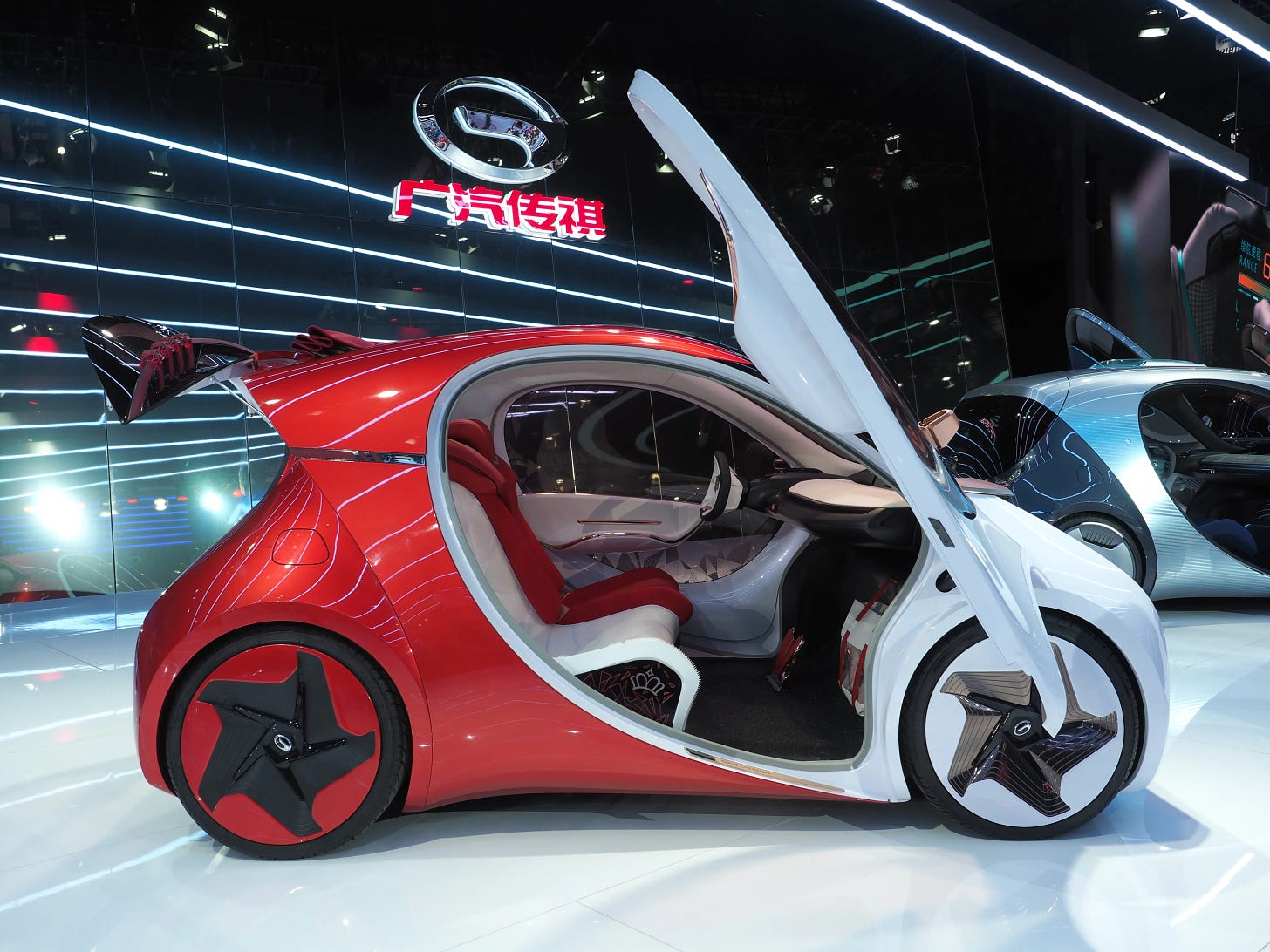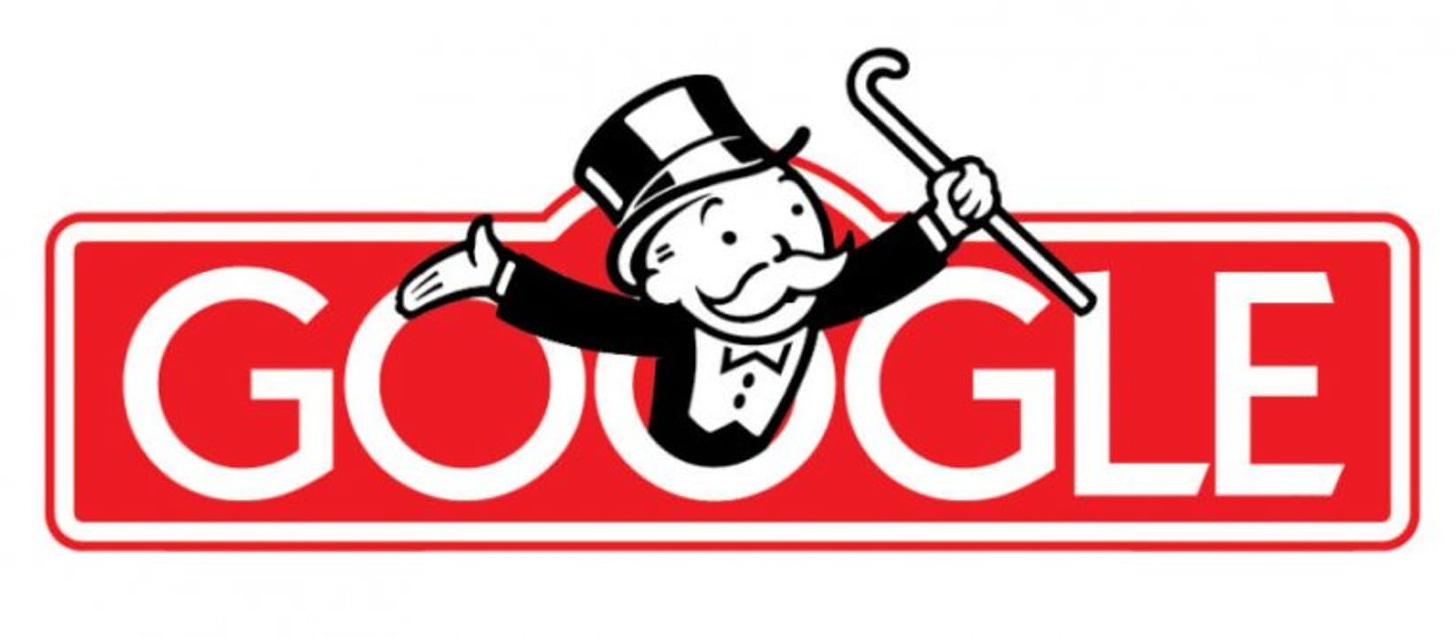Substance and Spectacle
China peace plan, US disinformation, Countering US sanctions, China top global carmaker, Meta and Google play monopoly, Saigon River and US Toxins
UPDATE: While the big white China balloon was consuming global attention, Russia continued to break Ukraine’s defensive line, Ohio had a train derailment filling the air with poison gas and China prepared a position paper on a peaceful resolution of the Ukraine crisis.
The 12 point position paper is now circulating widely and consensus is building for actions to stop the US-NATO campaign to extend the conflict until Ukraine is bled dry. To counter the Peace narrative of China, the US and Germany have launched a propaganda attack about China supplying “lethal Aid” to Russia, but this time its not a weather balloon but drones - it won’t fly. The echoes of Korea, Vietnam, Afghanistan and Iraq are deafening.
The Saigon river article reminds us of the damage war does to the environment and the chemical weapons warfare widely employed by the US in Vietnam?
Meanwhile China is also planning for collective action to relieve the global US sanctions regime, which ironically would help the US economy more than any other. How has China come to dominate world markets for cars and especially EV’s?
US tech quasi-monopolies Meta and Google are in legal trouble again and maybe TikTok, CapCut, WeChat and DJChatGPT have superseded Web2.0 tech anyway?
China’s Position on the Political Settlement of the Ukraine Crisis
1. Respecting the sovereignty of all countries. Universally recognized international law, including the purposes and principles of the United Nations Charter, must be strictly observed. The sovereignty, independence and territorial integrity of all countries must be effectively upheld. All countries, big or small, strong or weak, rich or poor, are equal members of the international community. All parties should jointly uphold the basic norms governing international relations and defend international fairness and justice. Equal and uniform application of international law should be promoted, while double standards must be rejected.
2. Abandoning the Cold War mentality. The security of a country should not be pursued at the expense of others. The security of a region should not be achieved by strengthening or expanding military blocs. The legitimate security interests and concerns of all countries must be taken seriously and addressed properly. There is no simple solution to a complex issue. All parties should, following the vision of common, comprehensive, cooperative and sustainable security and bearing in mind the long-term peace and stability of the world, help forge a balanced, effective and sustainable European security architecture. All parties should oppose the pursuit of one’s own security at the cost of others’ security, prevent bloc confrontation, and work together for peace and stability on the Eurasian Continent.
3. Ceasing hostilities. Conflict and war benefit no one. All parties must stay rational and exercise restraint, avoid fanning the flames and aggravating tensions, and prevent the crisis from deteriorating further or even spiraling out of control. All parties should support Russia and Ukraine in working in the same direction and resuming direct dialogue as quickly as possible, so as to gradually deescalate the situation and ultimately reach a comprehensive ceasefire.
4. Resuming peace talks. Dialogue and negotiation are the only viable solution to the Ukraine crisis. All efforts conducive to the peaceful settlement of the crisis must be encouraged and supported. The international community should stay committed to the right approach of promoting talks for peace, help parties to the conflict open the door to a political settlement as soon as possible, and create conditions and platforms for the resumption of negotiation. China will continue to play a constructive role in this regard.
5. Resolving the humanitarian crisis. All measures conducive to easing the humanitarian crisis must be encouraged and supported. Humanitarian operations should follow the principles of neutrality and impartiality, and humanitarian issues should not be politicized. The safety of civilians must be effectively protected, and humanitarian corridors should be set up for the evacuation of civilians from conflict zones. Efforts are needed to increase humanitarian assistance to relevant areas, improve humanitarian conditions, and provide rapid, safe and unimpeded humanitarian access, with a view to preventing a humanitarian crisis on a larger scale. The UN should be supported in playing a coordinating role in channeling humanitarian aid to conflict zones.
6. Protecting civilians and prisoners of war (POWs). Parties to the conflict should strictly abide by international humanitarian law, avoid attacking civilians or civilian facilities, protect women, children and other victims of the conflict, and respect the basic rights of POWs. China supports the exchange of POWs between Russia and Ukraine, and calls on all parties to create more favorable conditions for this purpose.
7. Keeping nuclear power plants safe. China opposes armed attacks against nuclear power plants or other peaceful nuclear facilities, and calls on all parties to comply with international law including the Convention on Nuclear Safety (CNS) and resolutely avoid man-made nuclear accidents. China supports the International Atomic Energy Agency (IAEA) in playing a constructive role in promoting the safety and security of peaceful nuclear facilities.
8. Reducing strategic risks. Nuclear weapons must not be used and nuclear wars must not be fought. The threat or use of nuclear weapons should be opposed. Nuclear proliferation must be prevented and nuclear crisis avoided. China opposes the research, development and use of chemical and biological weapons by any country under any circumstances.
9. Facilitating grain exports. All parties need to implement the Black Sea Grain Initiative signed by Russia, Türkiye, Ukraine and the UN fully and effectively in a balanced manner, and support the UN in playing an important role in this regard. The cooperation initiative on global food security proposed by China provides a feasible solution to the global food crisis.
10. Stopping unilateral sanctions. Unilateral sanctions and maximum pressure cannot solve the issue; they only create new problems. China opposes unilateral sanctions unauthorized by the UN Security Council. Relevant countries should stop abusing unilateral sanctions and “long-arm jurisdiction” against other countries, so as to do their share in deescalating the Ukraine crisis and create conditions for developing countries to grow their economies and better the lives of their people.
11. Keeping industrial and supply chains stable. All parties should earnestly maintain the existing world economic system and oppose using the world economy as a tool or weapon for political purposes. Joint efforts are needed to mitigate the spillovers of the crisis and prevent it from disrupting international cooperation in energy, finance, food trade and transportation and undermining the global economic recovery.
12. Promoting post-conflict reconstruction. The international community needs to take measures to support post-conflict reconstruction in conflict zones. China stands ready to provide assistance and play a constructive role in this endeavor.
Access the document here.
China Reportedly Negotiating with Russia To Supply Drones
The U.S. and Germany have warned China not to deliver weapons to Russia. According to information obtained by Der Spiegal, however, Beijing and Moscow are said to be negotiating the purchase of 100 strike drones, which could be delivered as soon as April.
At the Munich Security Conference last weekend, U.S. Secretary of State Anthony Blinken dispensed with the usual diplomatic niceties when he reported on his meeting with top Chinese foreign policy official Wang Yi, delivering a rebuke instead.
"We are very concerned that China is considering providing lethal support to Russia in its aggression against Ukraine," Blinken told U.S. broadcaster NBC. "And I made clear that that would have serious consequences in our relationship as well."
China reacted quickly, with a Foreign Ministry spokesperson accusing Blinken of spreading disinformation. Der Spiegal’s allegations have not been supported by any factual evidence, only statements that it and the US government have information that could indicate that China might be weighing whether to??? Classic disinformation tactics and clearly designed to discredit China’s peace proposal.
Read more here.
How the USA funds its Proxy Ukraine’s War on Russia
Six graphics illustrate the extraordinary level of military support the United States has provided its proxy Ukraine to wage war against Russia.
Every year, the United States sends billions of dollars in aid—and much more than any other country—to beneficiaries around the world in pursuit of its security, economic, and humanitarian interests.
Heading into 2022, Ukraine has become far and away the top recipient of U.S. largesse. It’s the first time that a European country has held the top spot since the Harry S. Truman administration directed vast sums into rebuilding the continent through the Marshall Plan after World War II.
Since the war began, the Biden administration and the U.S. Congress have directed nearly more than $75 billion to Ukraine to fund its proxy war against Russia. Dozens of other countries, including most members of the North Atlantic Treaty Organization (NATO) and the European Union, are also providing large packages to fund the US-led proxy war on Russia.
Read more here.
Countering Western Sanctions: Building a CES Network by Ye Yan
“Economic sanctions and international cooperation to counter them” was published last month in “Foreign Affairs Review” (外交评论), a well-known academic publication run by China Foreign Affairs University. It has since seen been crossposted by a couple of notable outlets including Yang’s Beijing Cultural Review. Its author, Ye Yan (叶研) is a senior economist at the international R&D arm of China National Petroleum Corporation (CNPC) and an adjunct professor at China’s Southwest University of Political Science & Law. The following is a summary of Ye’s arguments:
"After the formation of a CES network, the US will in a sense be ‘digging its own grave’ by [imposing] unilateral economic sanctions.”
The increasing use of economic sanctions (both primary and secondary) and export controls by the US and its allies pose a threat to China’s economic development.
· The internationalisation of the RMB and boosting the development of China’s tech industry are effective countermeasures that need to be pursued, but they will not protect China in the short-to-medium term.
· Acknowledging that a power gap still exists between China and the US, Beijing should avoid adopting tit-for-tat responses to US sanctions when it can, otherwise it risks harming itself.
· Ye’s solution: Building an international alliance of businesses (hereafter, CES network) that could help neutralise the impact of Western sanctions.
Members: Companies that have already been sanctioned as well as those businesses that are after a “risk premium” and that are not afraid of being sanctioned.
Dynamics: The more the West uses economic sanctions, export controls and other coercive measures, the more businesses from across the world will be encouraged to join such a network and thus the more powerful this network would become.
Read the full summary at Sinification here.
How did China come to dominate the world of electric cars?
From generous government subsidies to support for lithium batteries, here are the keys to understanding how China managed to build a world-leading industry in electric vehicles. Before most people could realize the extent of what was happening, China became a world leader in making and buying EVs. And the momentum hasn’t slowed: In just the past two years, the number of EVs sold annually in the country grew from 1.3 million to a whopping 6.8 million, making 2022 the eighth consecutive year in which China was the world’s largest market for EVs. For comparison, the US only sold about 800,000 EVs in 2022.
The industry is growing at a speed that has surprised even the most experienced observers: “The forecasts are always too low,” says Tu Le, managing director of Sino Auto Insights, a business consulting firm that specializes in transportation. This dominance in the EV sector has not only given China’s auto industry sustained growth during the pandemic but boosted China in its quest to become one of the world’s leaders in climate policy.
But the story of how the sector got here is about more than just Chinese state policy; it also includes Tesla, Chinese battery tech researchers, and consumers across the rest of Asia.
Read more here.
Saigon River Valley: A Navigation, Trade, Mitigation, Invasion, Liberation, and Unification Pathway
The Saigon River is located in southern Vietnam with headwaters starting in southeastern Cambodia. The river flows southeast for about 225 km to the South China Sea. The Saigon River Valley was the pathway used by the North Vietnamese Army (NVA) to get from the Ho Chi Minh Trail in Cambodia to Saigon during the 1968 Tet Offensive. The NVA dug Cu Chi and Iron Triangle soil tunnels near Cu Chi in the Old Alluvium terrace to hide from American Forces and Air Force bombers.
In 1962, the Tan Son Nhut Air Force base on the northern edge of Saigon received the first shipments of Agent Blue, the arsenic based herbicide, used to destroy the rice crop. The most dioxin TCDD and arsenic contaminated site in Vietnam was Bien Hoa Air Force base on the Saigon River just 30 km northeast east of Ho Chi Minh City. The adjacent Bien Hoa City has a population of over 800,000.
The Vietnam War Archive no. 2 in Ho Chi Minh City houses residual correspondence between the Republic of Vietnam (RV) President Diem’s administration and US President Kennedy’s administration related to the Khai Huang program (hamlet strategy). In addition, the archive contains some of the tactical herbicide spray records of the RV military for the Mekong Delta. The primary objective this study is to document the role that the Saigon River Valley played, in modern warfare. The Saigon River Valley was used as a navigation, trade, invasion, liberation and unification pathway. The Vietnamese people have survived centuries of stormy, troubled times and their power of character has served them well.
Download the full paper here.
Meta must pay $175M for patent-infringing livestreaming tech
After a jury unanimously decided last September that Meta owed $175 million to walkie-talkie app-maker Voxer for patent infringement, Meta tried to avoid paying up by requesting a judge either reject the jury's verdict or give Meta a new trial. This week, a federal judge denied Meta’s request, making it likely that Meta will have to pay all those running royalties for illegally copying Voxer’s technology and using it to launch Facebook Live and Instagram Live.
Voxer shared its patent portfolio and proprietary tech with Facebook, however, the partnership fell through and Facebook revoked Voxer’s access to its platform, deeming Voxer a competitor while allegedly making it harder to discover Voxer on Facebook. After that, Meta moved forward without Voxer's involvement and launched Facebook Live in 2015 and Instagram Live in 2016.
Voxer's win this week is due to Tom Katis' foresight in filing patents as he developed a bold new kind of technology. When Katis built Voxer, he told a 2012 conference audience in Paris that he was surprised how easy it was to patent Voxer’s technology, quickly filing more than 75 patents the year after launching the walkie-talkie app. Katis said he successfully patented the technology because “no one”—including Facebook—"was crazy enough” to try to develop livestreaming tech like the vision he had for Voxer.
Read more here.
Why Google’s Supreme Court Case Could Rattle the Internet
Gonzalez v. Google seeks to hold tech giants accountable for recommendation algorithms in a complicated case that could see the Supreme Court meddle in more than 25 years of Internet policy.
We’ve all lost countless hours to online recommendation algorithms that suggest we might enjoy watching yet another cat video or following just one more influencer. But in mere months, social media platforms may need to find new ways to keep users engaged—and the Internet might be in for a major overhaul.
On Tuesday the Supreme Court began hearing arguments in a case called Gonzalez v. Google, which questions whether tech giants can be held legally responsible for content promoted by their algorithms. The case targets a cornerstone of today’s Internet: Section 230, a statute that protects online platforms from liability for content produced by others. If the Supreme Court weakens the law, platforms may need to revise or eliminate the recommendation algorithms that govern their feeds. And if the Court scraps the law entirely, it will leave tech companies more vulnerable to lawsuits based on user content.
“If there are no protections for user-generated content, I don’t think it’s hyperbolic to say that this is probably the end of social media,” says Hany Farid, a computer scientist at the University of California, Berkeley. Social platforms, such as Twitter and YouTube, rely heavily on two things: content created by users and recommendation algorithms that promote the content most likely to capture other users’ attention and keep them on the platform as long as possible. The Court’s verdict could make either or both strategies more dangerous for tech companies.
Read full article here.




